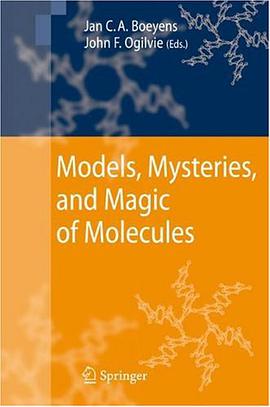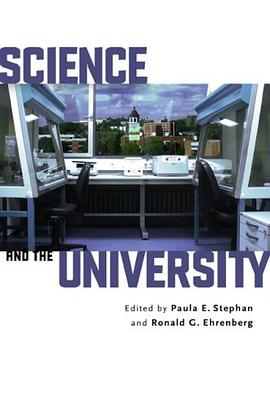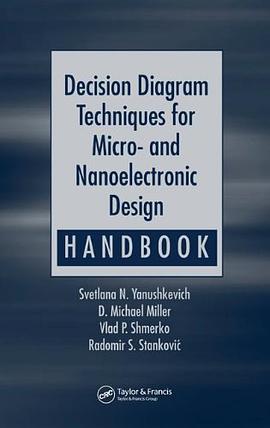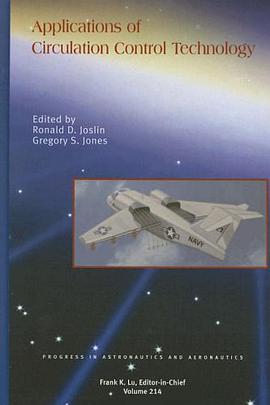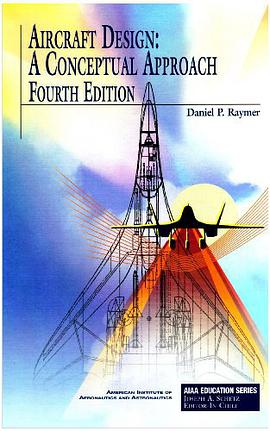CONTRIBUTING AUTHORS
PREFACE
CHAPTER 1: INTRODUCTION
ETTORE PACINI AND SUSAN W. NICOLSON
1 Evolutionary origins 1
2 Secretions analogous to nectar 3
3 Floral and extrafloral nectaries 6
4 Nectar components 8
5 Organization of this volume 11
CHAPTER 2: A SYSTEMATIC SURVEY OF FLORAL NECTARIES
GABRIEL BERNARDELLO
1 Introduction 19
2 Nectaries in gymnosperms 21
3 Nectaries in angiosperms 24
3.1 Diversity 24
3.1.1 Nectar presentation 24
3.1.2 Structure 27
3.1.3 Fate 32
3.1.4 Symmetry 34
3.1.5 Number 35
3.1.6 Colour 36
3.2 Factors influencing nectary diversity 36
3.3 Basic types of floral nectaries 38
3.4 Nectariferous spurs 43
3.5 Patterns of variability in nectaries 45
3.5.1 Asteraceae 46
3.5.2 Brassicaceae 47
3.5.3 Cucurbitaceae 48
3.5.4 Euphorbiaceae 49
3.5.5 Ranunculaceae 50
3.5.6 Solanaceae 51
3.6 Nectaries and deceit pollination 51
3.6.1 Apocynaceae 52
3.6.2 Bignoniaceae 52
3.6.3 Orchidaceae 53
3.7 Relictual nectaries in anemophilous species 53
3.8 Distribution of nectary types 54
3.8.1 Early-branching lineages 56
3.8.2 Magnoliids 57
3.8.3 Early-branching monocots 58
3.8.4 Monocots 58
3.8.5 Commelinids 60
3.8.6 Ceratophyllales 62
3.8.7 Eudicots 62
3.8.8 Core Eudicots 63
3.8.9 Rosids 66
3.8.10 Eurosids I 68
3.8.11 Eurosids II 73
3.8.12 Asterids 76
3.8.13 Euasterids I 79
3.8.14 Euasterids II 82
3.9 Evolutionary trends 84
Appendix 122
CHAPTER 3: NECTARY STRUCTURE AND ULTRASTRUCTURE
MASSIMO NEPI
1 Introduction 129
2 Nectary structure and ultrastructure 131
2.1 Epidermis 132
2.1.1 Secretory trichomes 138
2.1.2 Nectary-modified stomata 139
2.2 Nectary parenchyma 142
2.2.1 Patterns of plastid development in nectary parenchyma cells 148
2.3 Subnectary parenchyma 152
2.4 Nectary vasculature 152
3 Gynopleural (septal) nectaries 154
4 Extrafloral nectaries 155
5 Nectary histochemistry 157
CHAPTER 4: NECTAR PRODUCTION AND PRESENTATION
ETTORE PACINI AND MASSIMO NEPI
1 Introduction 167
2 Nectar secretion mechanism and models of nectary function 168
3 Dynamics of nectar production 174
3.1 Nectar reabsorption: resource recovery and homeostasis 177
3.2 Nectar standing crop 182
4 The source of nectar components 183
5 Ecophysiological significance of parenchyma plastids 187
6 Nectar presentation 190
6.1 Floral nectaries 190
6.2 Extrafloral nectaries 195
7 Fate of nectar and nectaries 195
8 Variability of nectar characteristics 196
8.1 Environmental variables 200
8.2 Intraspecies variability 201
8.3 Interpopulation differences 204
8.4 Variability and experimental design 205
CHAPTER 5: NECTAR CHEMISTRY
SUSAN W. NICOLSON AND ROBERT W. THORNBURG
1 Introduction 215
2 Water 216
2.1 Nectar concentration 217
2.2 Chemical and microclimatic influences on nectar concentration 218
2.3 Viscosity and feeding rates 221
3 Sugars 224
3.1 Constancy of sugar composition within species 225
3.2 The use of sugar ratios can be misleading 227
3.3 Is sugar composition determined by floral visitors or common ancestry? 229
4 Inorganic ions 232
5 Amino acids 233
5.1 Non-protein amino acids 235
5.2 Nectar amino acids are under the control of environmental factors 235
5.3 Contribution of amino acids to the taste of nectar 237
6 Proteins 238
6.1 Proteins in leek nectar 240
6.2 Nectar redox cycle 241
7 Other nectar constituents 243
7.1 Lipids 245
7.2 Organic acids 246
7.3 Phenolics 246
7.4 Alkaloids 247
7.5 Terpenoids 248
8 Conclusion 249
CHAPTER 6: MOLECULAR BIOLOGY OF THE NICOTIANA FLORAL NECTARY
ROBERT W. THORNBURG
1 Introduction 265
2 The ornamental tobacco nectary 267
3 Developmental processes 268
3.1 Origin of the floral nectary 269
3.2 Conversion of chloroplasts into chromoplasts 270
3.3 Filling of the nectary 271
4 Protection of the gynoecium 273
5 Gene expression 273
5.1 Macroarray analysis identifies defence genes 274
5.1.1 Role of hydrogen peroxide in plant stress and defence 274
5.1.2 Role of ascorbate in plant stress and defence 275
5.2 EST analysis 276
5.3 Nectary-specific gene expression 277
6 Nectary molecular biology in other species 278
6.1 Other nectary-expressed genes 278
6.2 Metabolism and nectar production 280
6.3 Hormones and nectar production 281
6.4 CO2 and nectar 282
CHAPTER 7: NECTAR CONSUMERS
SUSAN W. NICOLSON
1 Introduction 289
2 Not all floral nectar drinkers are pollinators 292
2.2 Nectar robbing and nectar theft 293
3 Insect nectar consumers 295
3.1 Coleoptera 297
3.2 Diptera
3.3 Lepidoptera 300
3.4 Hymenoptera 304
3.4.1 Wasps 304
3.4.2 Bees 305
3.4.3 Ants 310
4 Vertebrate nectar consumers 312
4.1 Lizards 313
4.2 Birds 313
4.3 Bats 320
4.4 Other mammals 321
5 What happens to nectar during pollinator shifts? 322
6 Conclusion 326
CHAPTER 8: ECOLOGICAL AND EVOLUTIONARY ASPECTS OF FLORAL NECTARS IN MEDITERRANEAN HABITATS
THEODORA PETANIDOU
1 Nectar secretion in Mediterranean habitats 343
2 Characteristics of Mediterranean nectars 345
2.1 Nectar constituents of Mediterranean nectars 345
2.1.1 Sugars 345
2.1.2 Amino acids 346
2.1.3 Minerals in floral nectars 348
2.1.4 Secondary compounds 348
2.1.5 Nectar viscosity 349
2.2 Issues of nectar quantity and quality 350
2.3 Plant species with no nectar 352
3 Factors shaping nectar secretion and other characteristics 353
3.1 Temperature 353
3.2 Humidity 354
3.3 Light intensity 354
3.4 Water stress 355
3.5 Nutrient stress 356
3.6 Ecological succession 357
4 Matching nectars and flower types 358
5 Nectar and the pollinator interface 360
5.1 Relating consumers to deep-flower nectars 360
5.2 Nectar sugars and pollinators 360
5.3 Nectar amino acids and pollinators 361
5.4 Nectar minerals and pollinators 363
5.5 Nectar secondary compounds and pollinators 364
5.6 Floral nectar, floral diversity, and bee diversity 364
5.7 What types of nectars do pollinators prefer? 365
6 Nectar and management of Mediterranean habitats 366
6.1 Introduced and invasive plants: effects on wild flowers and bees 366
6.2 Invasive bees: beekeeping, bumblebee management, and wild bee conservation 367
INDEX TO SCIENTIFIC NAMES 377
SUBJECT INDEX 387
· · · · · · (
收起)



